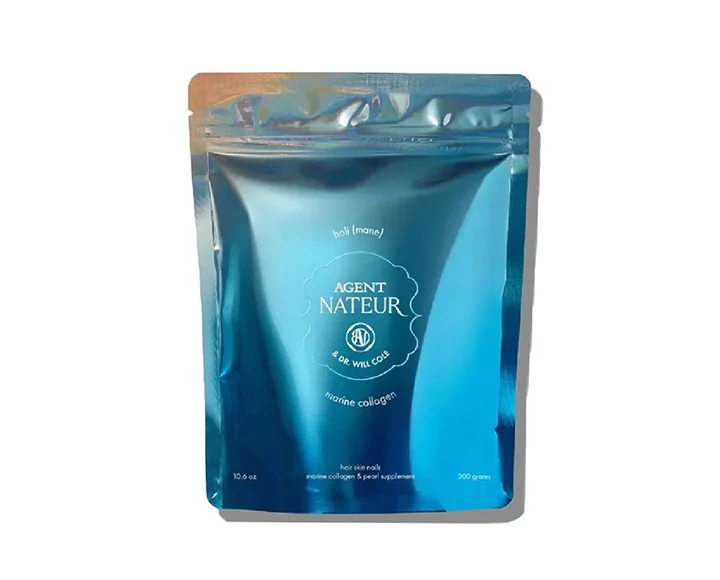Greens, greens and more greens. Filled leaf to leaf with potent nutrients, leafy greens are loaded with fiber, antioxidants, vitamins and minerals, essential omega 3s and chlorophyll. They are truly some of the most potent superfoods we can add to our diets!
Inspired by Pressed Juicery’s latest limited edition jalapeño and greens juice – made with chard, mustard and turnip greens (this is not your average kale-based green juice, people!) – we’re highlighting some of the lesser appreciated dark leafy greens and their nutrition and flavor profiles. We hope to inspire some experimental cooking this weekend and a good long greens kick. From romaine and chard to mustard and dandelion greens, forget the apple a day and stockpile these eight delicious leafy greens we can’t live without.
Check out the long list of benefits from another new and delicious Pressed Juicery LTO, matcha hemp milk, here.
8 Leafy Greens to Love:
Swiss Chard
Native to the Mediterranean, Swiss chard is one of healthiest vegetables all around. It’s part of the chenopod family, which also includes some other favorites like beets, spinach and quinoa.
Chard is loaded with phytonutrients containing 13 different polyphenols, antioxidants and the flavonoid syringe acid, known to help regulate blood sugar. It also contains the unique phytonutrient betaxanthin, which provides excellent anti-inflammatory and detoxification support. Chard may also be helpful in pancreatic cell regeneration and bone support due to its high levels of vitamin K and calcium. Chard is also an excellent source of vitamins A, C and E, magnesium, copper, manganese, potassium, calcium, and iron.
Mustard Greens
Due to the pungent flavor, mustard greens are perhaps one of the lesser-appreciated cruciferous vegetables. This plant is primarily known and used for its seeds, which are crushed and blended to make yellow mustard.
Like other spicy greens, they have the ability to bind bile acids in the digestive tract, helping to lower cholesterol. Research has shown they are a wonderful ingredient to incorporate into the diet for cancer prevention, particularly cancer of the bladder, breast, colon, lung, prostate and ovaries. Mustard greens are also an excellent cardiovascular aid and may help to reduce the risk of heart attacks and atherosclerosis.
Mustard greens contain phytonutrients called glucosinolates, which help to activate detoxification enzymes. In addition because of the high antioxidant levels, mustard greens help to lower oxidative stress on our cells and reduce overall inflammation. They are an excellent source of vitamins K, A, C, E , B6, B2 and B1, copper, manganese and calcium.
Turnip Greens
With an obvious bitter flavor said to be linked to their high calcium content, turnip greens contain four times more calcium than other cruciferous vegetables. Better known in the root form, turnips are thought to have been cultivated over 4,000 years ago in Europe and introduced to North America by settlers and colonists.
Like mustard greens, turnip greens contain potent detoxification, anti-inflammatory and cancer prevention properties, as well as high levels of antioxidants. High in fiber with over five grams per cup, turnip greens are also an excellent source of vitamins K, A and C, folate, copper, manganese, calcium, potassium magnesium and pantothenic acid.
Spinach
Thought to have originated in Persia (modern day Iran), spinach, like chard, is a member of the chenopod family (other family members: beets and quinoa). Like chard, spinach contains the red and yellow battalion pigments, which are especially beneficial for eye and nervous system health.
With a delicate sweet flavor, spinach is known for its high antioxidant content, anti-inflammatory and cancer-prevention properties. It is a potent source of the phytonutrients carotenoids, beta carotene, lutein, zeaxanthin, omega 3 fatty acids and vitamins and minerals – including vitamins K, A, C, B2, B6, B1 and E, manganese, folate, magnesium, iron, copper, calcium, potassium, phosphorus and zinc choline.
Dandelion Greens
Dandelion belongs to one of the largest plant families, Asteraceae, which also includes daisy, sunflower and stevia plants. Dandelion use dates back to the 10th century when it was first referenced in medical texts from the Middle East.
All parts of this medicinal plant are edible and are commonly used to support liver health and function. It has also been used to fight Alzheimer’s disease, jaundice, edema, gout, gallstones, eczema and acne. It is also high in vitamins K, A, C and B6, thiamin, riboflavin, fiber, calcium, iron, potassium, manganese, folate, magnesium phosphorus and copper.
Romaine
Romaine is often overlooked because of its low calorie content and high water content, but it is extremely nutritious and worth noting. Native to the Eastern Mediterranean and West Asia, romaine dates back to at least 4500 BC. Prized for medicinal properties, the Chinese thought it represented good luck and it has even been depicted in ancient Egyptian tomb walls.
Known for its crisp texture and deep sweet, watery flavor, romaine supplies a heart-healthy dose of nutrition. It may help prevent oxidation of cholesterol, promote bile production (which also aids in breaking down cholesterol). It contains folic acid, and like other leafy greens, it is an excellent source of vitamins K and C, fiber, molybdenum, magnesium potassium, iron, copper, vitamins B1, B2 and B6, biotin and omega 3 fatty acids.
Arugula
Also known as garden rocket, arugula is a quick growing leafy pungent green originating in the Mediterranean, similar to mustard and kale.
Its phytochemical content specifically helps to counter carcinogenic effects of estrogen and protect against prostate, breast, cervical, colon and ovarian cancers. It also contains di-indolyl-methane or DIM, a lipid-soluble metabolite of indole, which acts as an immune modulator and contains antibacterial and antiviral properties. In addition it is rich in folate, vitamin A, B, C and K.
Kale
Our beloved kale is one of the most densely nutritious plants. Also a member of the family Brassica oleracea, its relatives are cabbage, Brussels sprouts and broccoli, all known for their rich sulphur content. It comes in many varieties, such as flat, purple and, most notably, curly.
Filled with potent antioxidants such as beta carotene, vitamin C, flavonoids, quercetin and kaempferol – a cardio protectant and potent anti-inflammatory, beneficial in regulating blood pressure and known for its anticancer, antiviral, and antidepressant properties.
Kale also contains vitamins, A, C, B6, B1, B2, B3, vitamin K (necessary for calcium absorption), magnesium, manganese, calcium, copper, potassium and omega 3 fatty acids.













